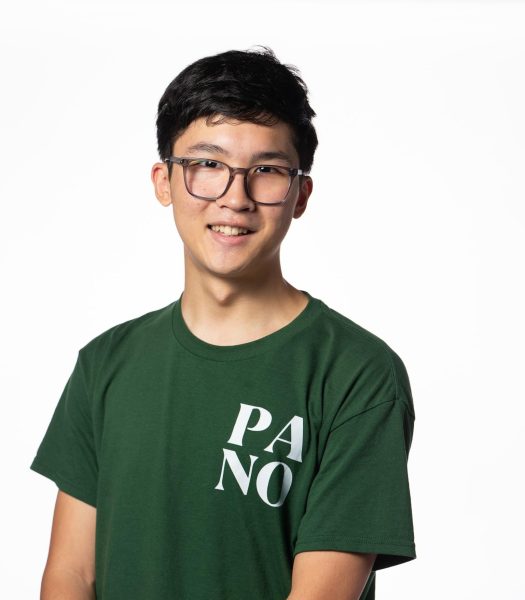Neighborhoods closed off for festive holiday parades crowded with celebrating families. Cricket games with siblings and cousins, the winning team gloating with pride and basking in their victory. Fresh aromas and haggling voices call out from vendors’ carts in the evenings. This is some of what junior Aneesh Patil remembers from the lively streets of his childhood. These roads stretched through the stages of his life, leading him throughout southern India and guiding his family’s path until they eventually brought him here – to the U.S.
Aneesh was accompanied on this journey by his immediate family, including his mother Anu, his father Prakash and his older brother Aparneesh. This family has adapted to countless locations, proximities and distances from one another, beginning when the boys were still young.
Prakash’s job as an IT professional had taken him to the Western hemisphere many times before the family moved permanently in 2015. They visited the U.S. for the first time when Aneesh was just 10 months old.
“We came here in 2008 for a short time, and then the project ended for my husband’s work and we moved back to India,” Anu said.
Prakash also frequently traveled to Canada for short-term work projects while the boys were young. His job led them from Kalaburagi – a city formerly known as Gulbarga – where Aneesh was born, to Bangalore and eventually to Hyderabad. They lived in Hyderabad for five years before Prakash began a project back in the U.S.
“My husband came [to the U.S.] in 2014, because it was a longtime project and he had to come,” Anu said. “Then we moved in 2015, but first we moved to LA, [where] my cousin was staying, and then from there, we came to St. Louis.”
However, her plan had not always been to follow Prakash across the ocean. Anu initially had doubts about leaving their home in India, but being away from their father proved too difficult for her children.
“Me and my brother were missing him a lot,” Aparneesh said. “So, they made the decision that maybe it’s better to move the whole family over to the United States so that we’re all closer together instead of being far apart.”
This decision to reunite the family also gave the children a chance to adapt to American life. While the transition was seamless in many ways, Aneesh and Aparneesh struggled to overcome the linguistic barrier.
“[In the U.S.], you usually always talk in English,” Aparneesh said. “[In India], you can easily switch languages, and I think that was pretty cool.”
The monolinguistic culture of the U.S was difficult for Aneesh to adjust to because of his limited experience with English from his previous school curriculum.
“The fact that everyone spoke fluent English was a pretty big setback for me because I spoke English, but it was broken English,” Aneesh said.
However, this obstacle was not completely insurmountable. Once the family was situated together in the U.S., Aneesh’s parents quickly stepped in to ensure their boys did not fall behind in their education at school.
“He had to take some classes for English,” Anu said. “We had to put him into Kumon only because his English reading level was different… In India, it is British English, everything is all followed by Oxford so the pronunciations are different.”
According to his mother, Aneesh was a very fast learner and picked up the pronunciation quickly. While the adjustment to life in the U.S. was fairly smooth, it’s been difficult for the family to be away from home for so long. Anu and her sons have not been able to return to India since 2016 due to the strict rules of their visas, and Prakash has not visited home since his project began in 2014.
“We would love to visit, but the immigration laws prohibit us,” Aneesh said.
The Patil’s visa needs to be extended every three years, and they must undergo a stamping process if they wish to leave the country. This stamping can be difficult, especially at the immigration office in India. This obstacle made leaving India even harder for the family.
“Of course that is [difficult] because you live far away from your parents,” Anu said. “My dad passed away and I was unable to go because of [my] visa. My tickets were booked for August last year, but… I would be stuck [in India] until my stamping was done over there… so I had to cancel my ticket.”
Losing his grandfather was difficult for Aneesh, particularly because his family was not able to return to India to be with the rest of the family. He searched for ways to cope, and turned to working out to relieve his stress.
“[My grandfather had] a pretty big role in my life and he was very influential,” Aneesh said. “The gym helped me get away from the mourning of that and it helped me get better from being sad from that.”
Isolation from family was not the only difficulty with the new country. In addition, the urban sprawl in major cities of the U.S makes transportation complicated, compared to the relative walkability and public transportation systems that are accessible to the public in India.
“I feel more independent in India,” Anu said. “In India we can go anywhere, travel without a car or anything; you can travel by yourself. I don’t drive here because I have some health issues. But in India, you can book an auto or a cab or anything. It is so easy to go around. Now, I have to depend on Aneesh or my husband to drive me or have to book a cab here.”
However, the family has found that living in the U.S. has come with some new benefits and advantages.
“Technologically, [the U.S.] is far better than India,” Anu said. “But now India is developing a lot. There’s lots of changes from when we left and at present right now, it’s so different. Technologically in India, it is really going fast. When we left it was not up to that time. Only IT was developing, but now it is not only IT but in other aspects also.”
Fortunately, the Patils have been able to stay connected with Indian culture and Hindu religion while living in the U.S. Selected by his grandfather, Aneesh’s own name serves as a representation of his religious identity.
“My first name comes from Hindu scripture, where it states it means superior or one above all,” Aneesh said.
Another piece of this connection revolves around religious celebrations and festivals, held for most Hindu holidays. Holidays play a significant role in Hindu culture and tradition, and they are often widely observed.
“We have an Indian calendar where we know when the festival falls,” Anu said. “There’s so many festivals, but [for] the major festivals we do celebrate with a couple of friends.”
The family belongs to The Hindu Temple of St. Louis, located in Ballwin. There, they perform puja, or acts of worship, especially surrounding the holidays.
“We went to a bunch of Indian events, and those were really amazing,” Aparneesh said. “You get to communicate with people of the same language and state as you. You can just speak in your own language, which is pretty nice and out of the ordinary because you’re usually just speaking English all the time.”
In India, entire cities are shut down during these festivals, and massive parades are held for people to participate in and observe. Even when not celebrating a holiday, Aneesh’s old neighborhoods burst with culture and life.
“There [are] street vendors all over the place [where] you can go in the evening,” Aneesh said. “[There are] bustling towns and markets all over the place. You can buy fruits, you can buy vegetables, you can buy snacks; it’s just very vibrant.”



![Junior Aneesh Patil displays photos of his family on a vacation in Chicago. His family reunited in the U.S. after being apart from his father for a year. “I didn't want to come to U.S. at the beginning [but my sons] were missing their dad,” his mother Anu said. “That was the reason I had to move here."](https://laduepublications.com/wp-content/uploads/2024/04/Hsiao_20240308_IDMag_AneeshPatil_23.jpg)
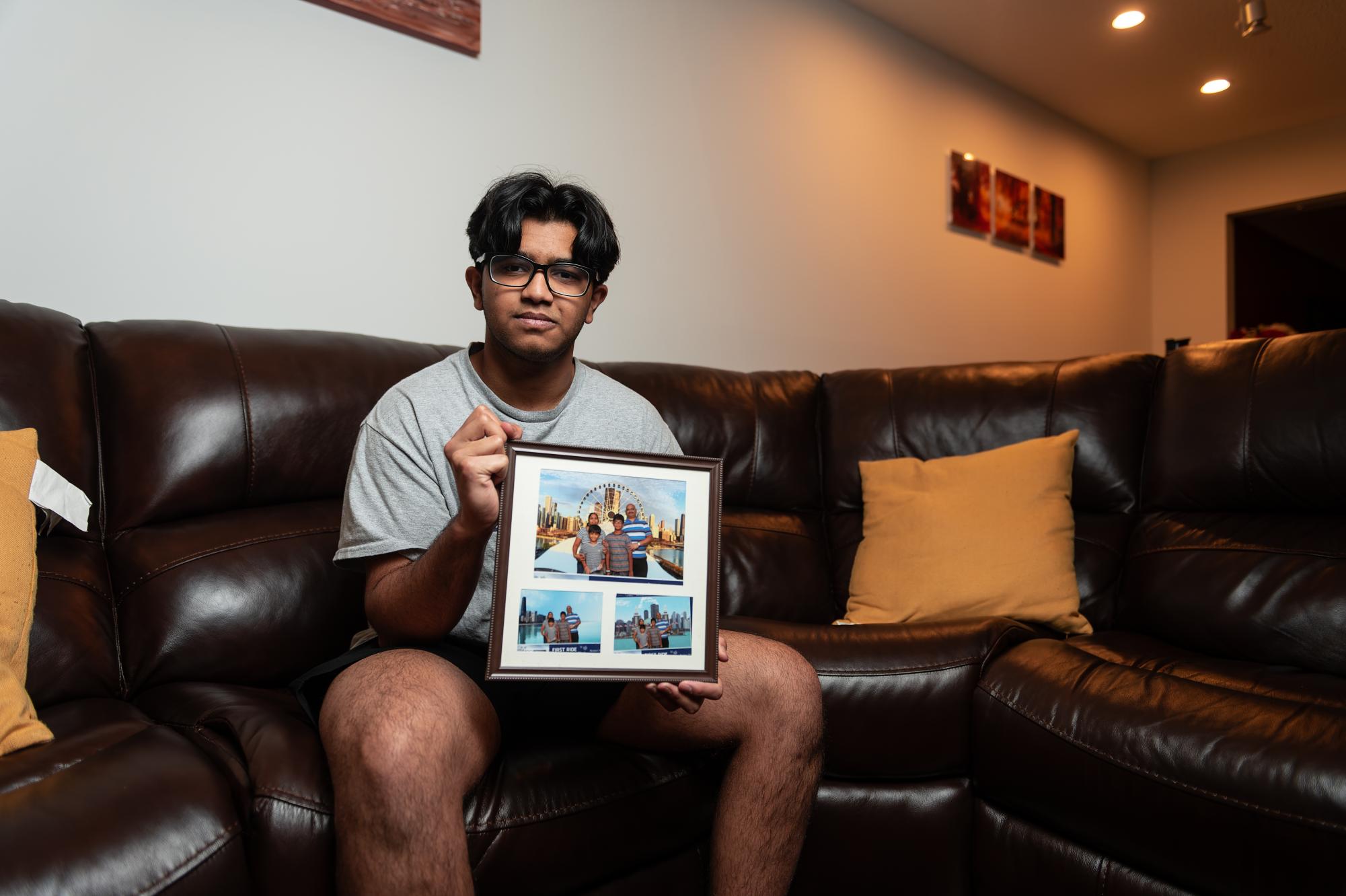
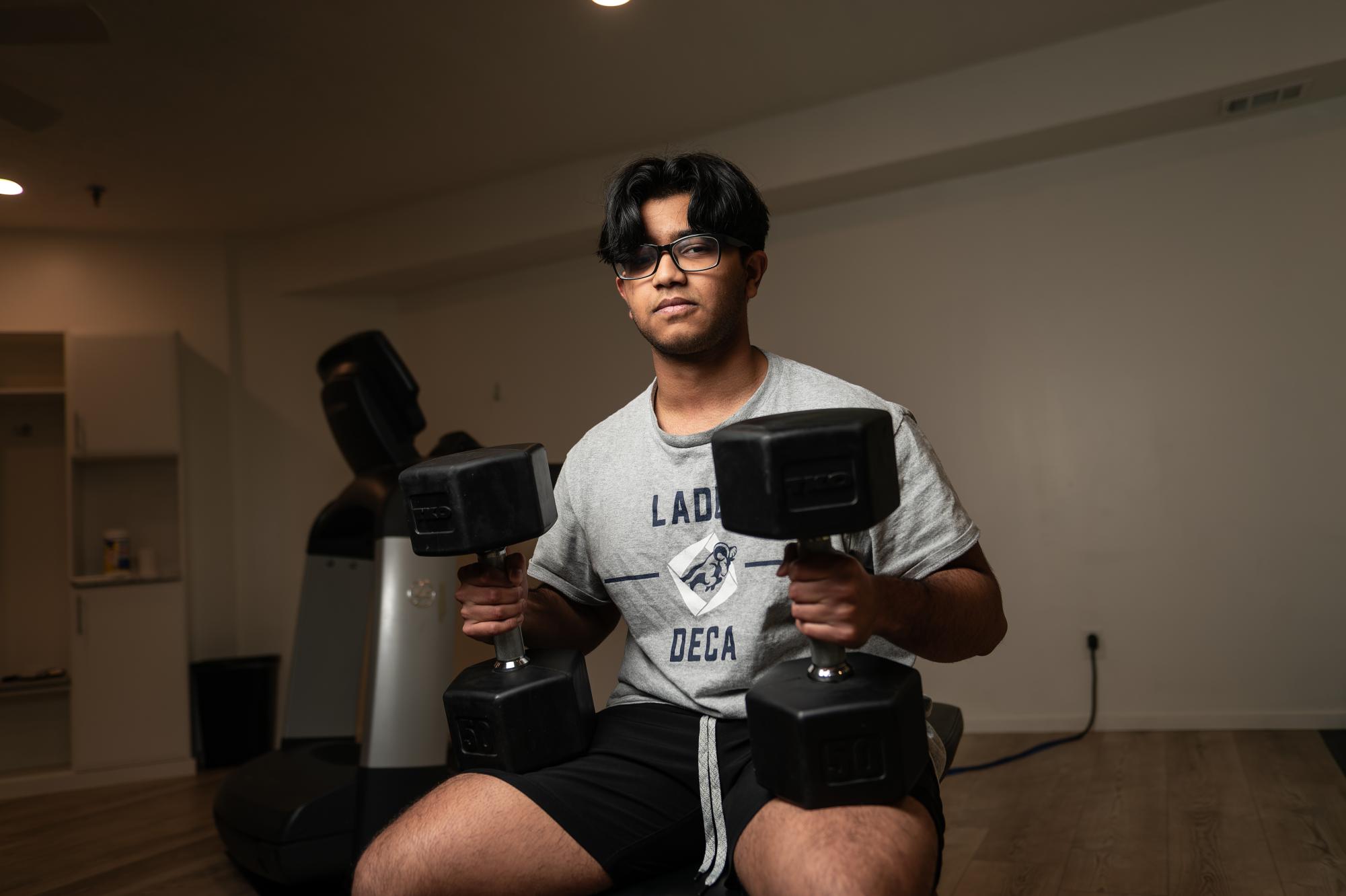

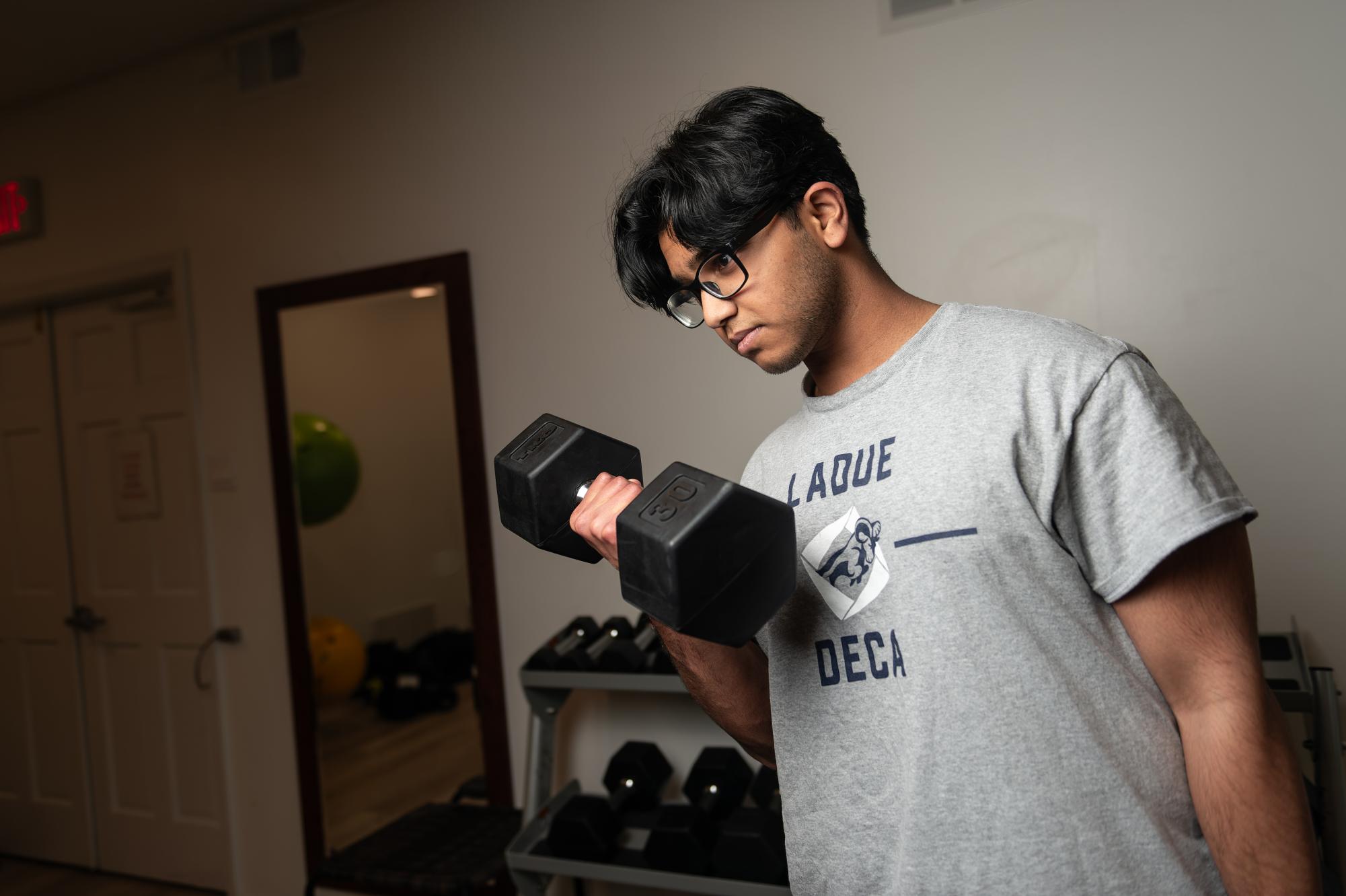
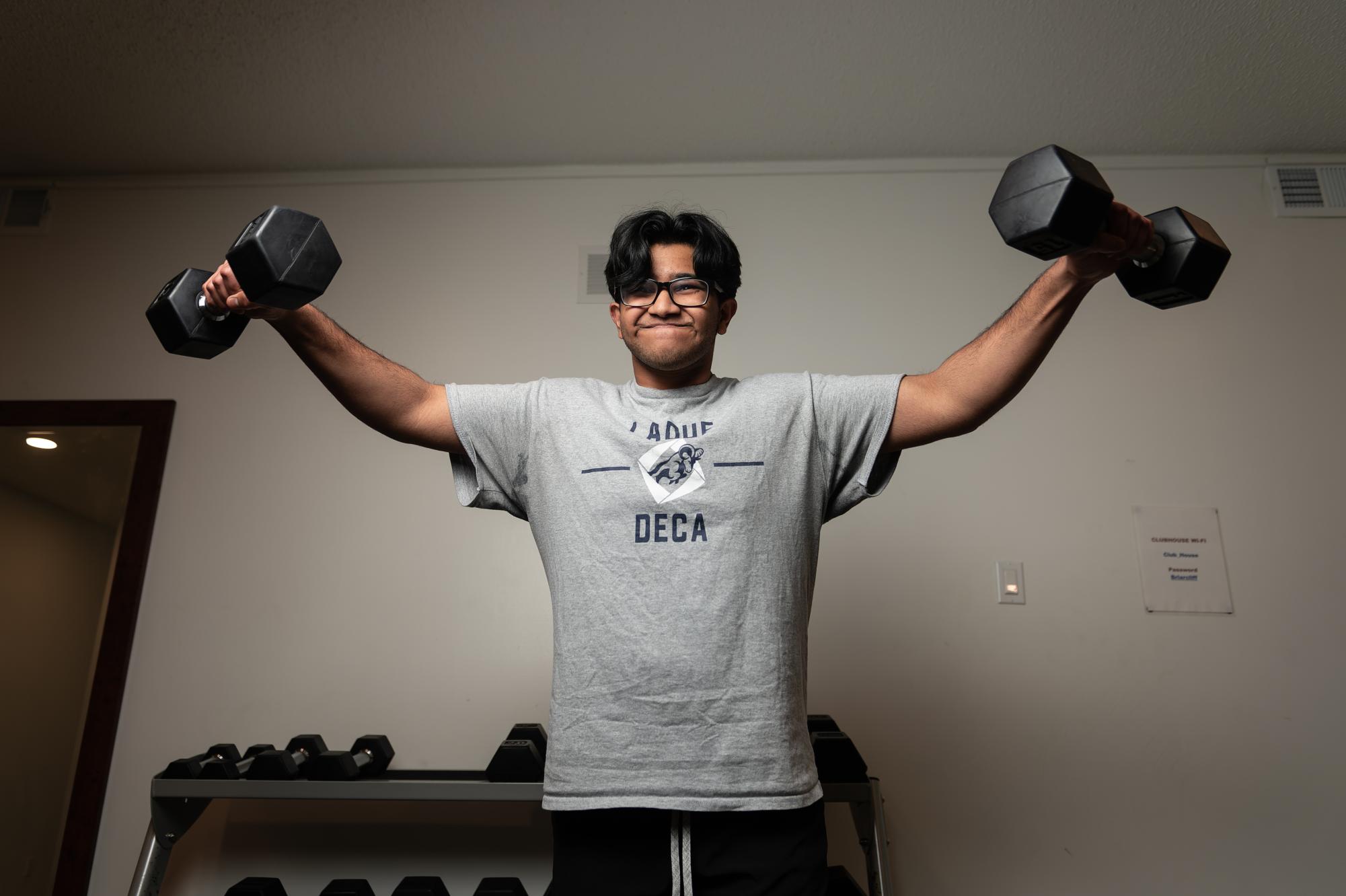
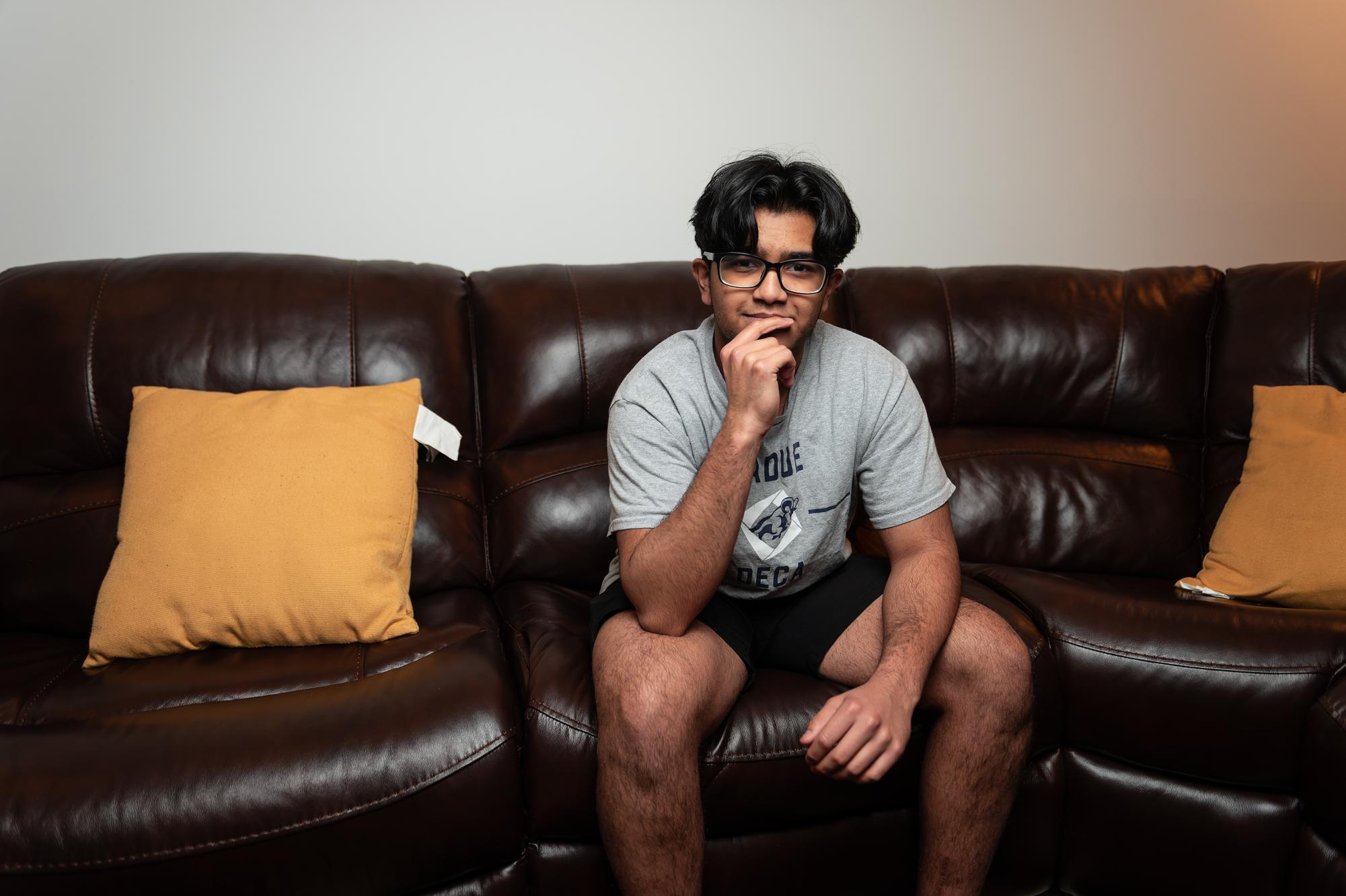
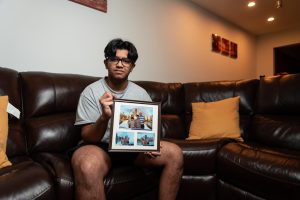
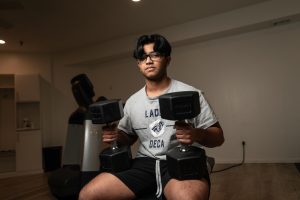
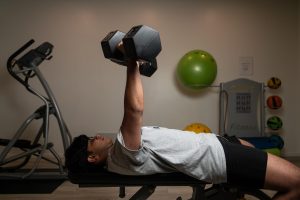
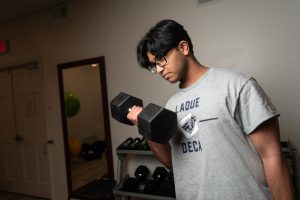
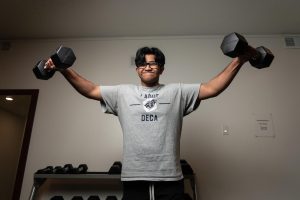
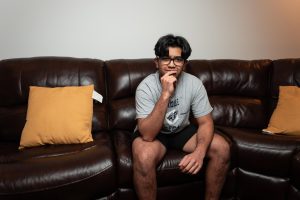


![School resource officer Rick Ramirez sits in his office. He usually spends little time in his office throughout his day of work, focusing on other issues. “Where our students are, I try to be,” Ramirez said. “Sometimes I get off at 2:45 p.m. when nothing’s going on, or sometimes I get off at 10 p.m. [Those are] my hours.”](https://laduepublications.com/wp-content/uploads/2024/12/Hsiao_20241203_ID_RickRamirez_007-799x1200.jpg)
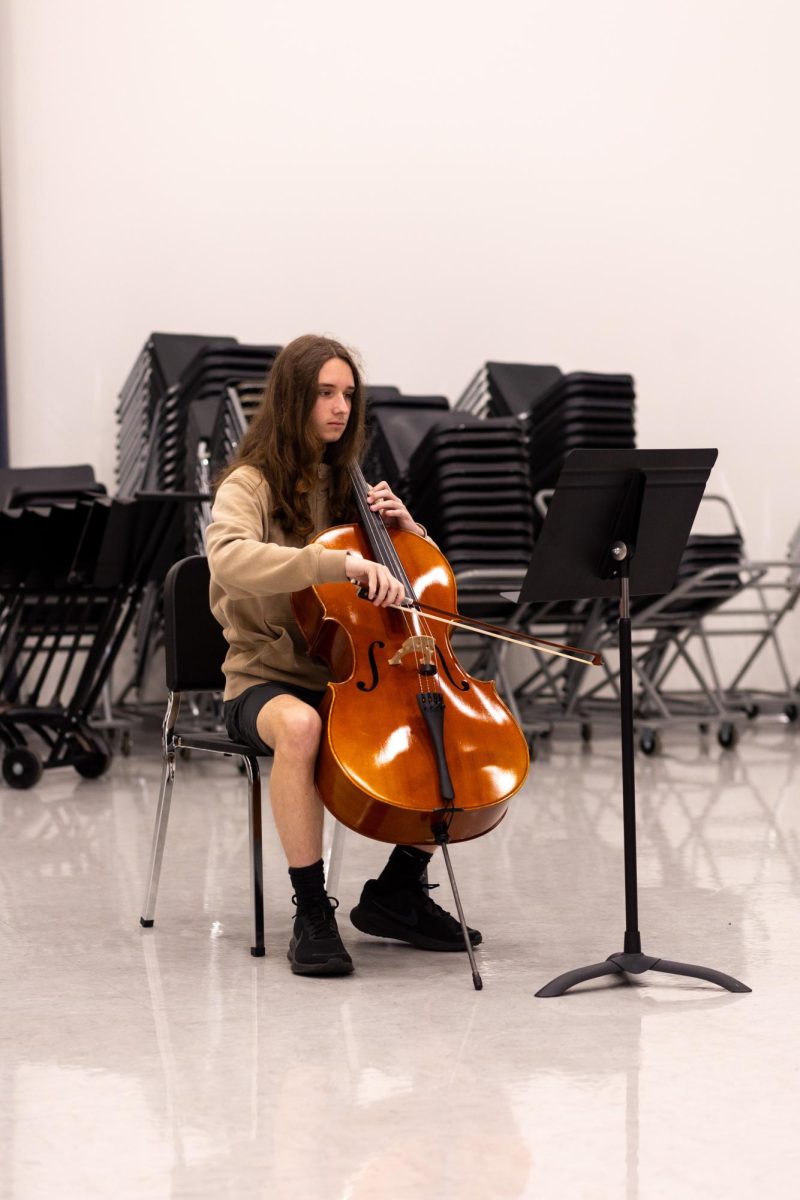
![Reva poses in front of her home and address plaque. After reuniting with her father and grandparents, she has made many new memories and retained her culture. “We have a lot of Indian cooking going on,” Reva said. “I also like telling people about Indian food, mainly because that’s something that really connects me to [Mumbai].”](https://laduepublications.com/wp-content/uploads/2024/12/At-Home-1200x799.jpg)

![April 4, Twinda Murry conducts her last formal concert at the Ladue Performing Arts Center. However, her pursuit in music did not stop there. "I think most musicians don't retire for real," Murry said. "Although [I am] technically [going to be retired], this is kind of another one of those career shifts."](https://laduepublications.com/wp-content/uploads/2024/03/Screen-Shot-2024-04-25-at-6.03.11-PM-1200x793.png)


